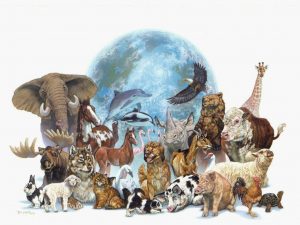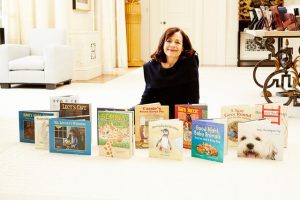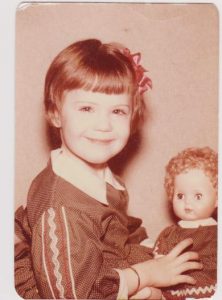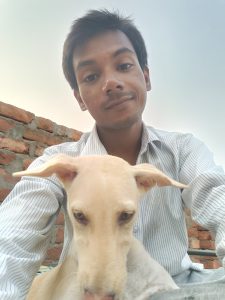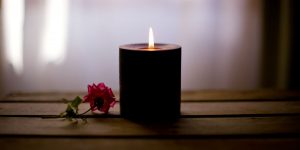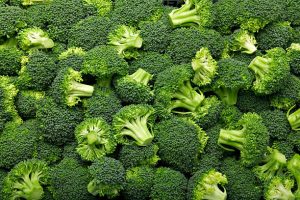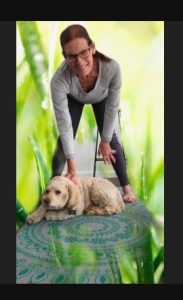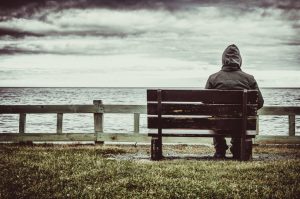
Grief is a complex issue that affects everyone differently because grieving is an individual journey. Which means there is no “normal or expected” period of time for grieving. And, grief can be especially hard during the holiday season when we have faced so much in the past eighteen months.
During the pandemic it has been very important to talk honestly about our individual and collective grief. We have helped get one another through a very hard time by openly and compassionately listening to one another. We learned how important it is to hold one another’s heart safe because kindness and empathy have been so important during the past year with the pandemic leaving many people to grieve.
It is estimated that for every person lost to Covid-19, nine people are grieving their passing. In the U.S, we have lost 799,000 as of now, so that means around 7.2 million are experiencing grief. As I write this 5.2 million people around the world have died from Covid-19, resulting in an estimated 47 million people who are hurting over a lost loved one to the virus.
But, those numbers don’t include the people we have lost for other reasons. The pandemic overwhelmed our healthcare systems to the point many people who needed care were not able to receive it. And add the serious risk of contracting Covid-19 made it impossible for families and friends to visit their loved ones. Or to be with them as they were dying in the hospital.
I work for a grief support agency in Birmingham, Alabama. We have seen the number of people seeking grief support services go up 40% since March of 2020. Our clinical director told me that he has never seen bereaved adults so traumatized as they are now, due to the isolation and loneliness they have faced during this unprecedented time in history. Many have what we refer to as “complicated grief,” meaning they are not only grieving a loss, but may be suffering from PTSD, psychoses, major clinical depression, debilitating anxiety, and other mental problems that make dealing with their loss even more difficult. Mourners often become “stuck” in their grief and can’t grieve normally. We never get “over” grief, but we can get “through” it on our journey of loss. I know this from experience.
My own personal journey of loss after my mother’s death was indeed complicated. For my entire life I was told my mom wasn’t normal, that she was “sick in the head.” She was institutionalized and given shock treatments many times during my childhood. When my family broke up, because my dad divorced her, I blamed my mother. In my view she was too weak.
As a young child I vowed that this experience would not affect me negatively. I would turn it into a positive experience. I would be smart and a high achiever, so I wouldn’t be like my mom. And, that’s how I functioned for much of my life. I was popular, an A student, and very ambitious.
When I was 32, my mother had a stroke. She came to live with my husband and me. We managed the best we could. About that time, my husband, Steve, and I were thinking of starting a family, but the responsibility of taking care of Mom prevented it from happening. Mom had an enlarged heart and was considered for a transplant (a long arduous application process that I went through with her), only to be turned down due to her emotional problems. Two months later she was diagnosed with Stage IV Ovarian cancer.
Around that time, a family member accidently shared a family secret that had been kept from me all of my life. My mother had been raped by her eldest brother when she was five years old.
Then he made her watch as he killed her pet cat, threatening to do the same thing to her if she told anyone. I also learned that her mother had died when my mother was very young. Her father was an alcoholic and unable to care for my mom and her four siblings. When an older sibling left home, he took mom with him to care for her as best as he and his wife could. After that, mom was like an orphan, moving from sibling to sibling.
As mom was dying, I lay in bed with her and asked for forgiveness for blaming her. I told her I was sorry I didn’t know all she had been through. Of course, she forgave me—I was her child.
When she died, I carried so much guilt and hurt that my mom had such a traumatic and unstable life. It broke my heart. I became manic and lost a job I loved. My husband wouldn’t let me be committed to a mental health facility because he knew how afraid I was of turning out like my mom. He took care of me, which was very hard. It was hard on both of us. I couldn’t work for a year. I was diagnosed with the same mental illness as my mom—schizoaffective disorder—an illness with symptoms of both bipolar and paranoid schizophrenia. During that year I grieved badly for my mom. I began seeing a psychiatrist who has been my doctor for almost 30 years.
Now as the holidays approach, I must face, once again, the season without my mom. She loved Christmas more than anyone I have ever known. She put decorations everywhere and got so excited when we put the tree up—supervising to make sure it looked just right. She would wrap empty boxes and place them under the tree to make it look like we would have a more plentiful Christmas.
As you can imagine since her death, I don’t find as much joy in the holidays as I once did. I decorate, but with a tiny tree and a plain wreath. And, this holiday season will be especially hard since my husband lost his mother to Covid-19 in December of 2020.
Many of us are facing our first holiday season after the loss of a loved one. While we will grieve their passing I have a few coping tips that help me. My hope is that the following will help you navigate the holidays, finding as much joy and love as you can.
-Don’t expect too much of yourself. You may need to pare back the decorations, baking, gift buying, and festivities. That’s okay because taking care of yourself is your top priority.
-Ask for help. For example, if you usually cook the entire Christmas lunch or dinner, ask family and friends to share the responsibility by cooking and bringing a dish.
-Have a plan. Write down some ways you can emotionally prepare for any stress and sadness. Plan time-outs when you can get away by yourself if you need to.
– Feel free to share your emotions with a trusted friend. Someone who will hold your heart safe and allow you to express your grief.
-Remember your loved one. If you generally host a meal, consider having it at another family member’s home. Offer to bring your loved one’s favorite dish. Set an empty place at the table for them. Light a special candle. Have everyone go around and express their fondest memory of the person.
-If you don’t feel like celebrating at all—take a vacation to another place altogether and remember your loved one with a completely new tradition.
-Practice gentle self-care. Pamper yourself through the holiday season. Get a manicure/pedicure, or indulge in a relaxing bubble bath, make time to immerse yourself in the natural world. It is so important to take care of yourself because you must give yourself time to heal.
-Do something for others. Volunteer at a homeless shelter to help serve a holiday meal. Or take a dog for a walk that is waiting to be adopted at a rescue organization. Giving of ourselves to others has a way of bringing joy to our heart.
No matter what you choose to do, I encourage you to embrace the pain of loss. Trying to ignore it will only make it worse. It’s okay to feel sad, frightened, and lonely. Those emotions are normal. And know that crying does not make you weak.
Grief is a journey we all go through in life. After the death of a loved one we must take time to grieve. From my own experience I know healing comes gradually and at different stages. And, I also know that with time, we can find the joy in life again.

Lisa Harrison, Administrative Director, Community Grief Support, Birmingham, Alabama

